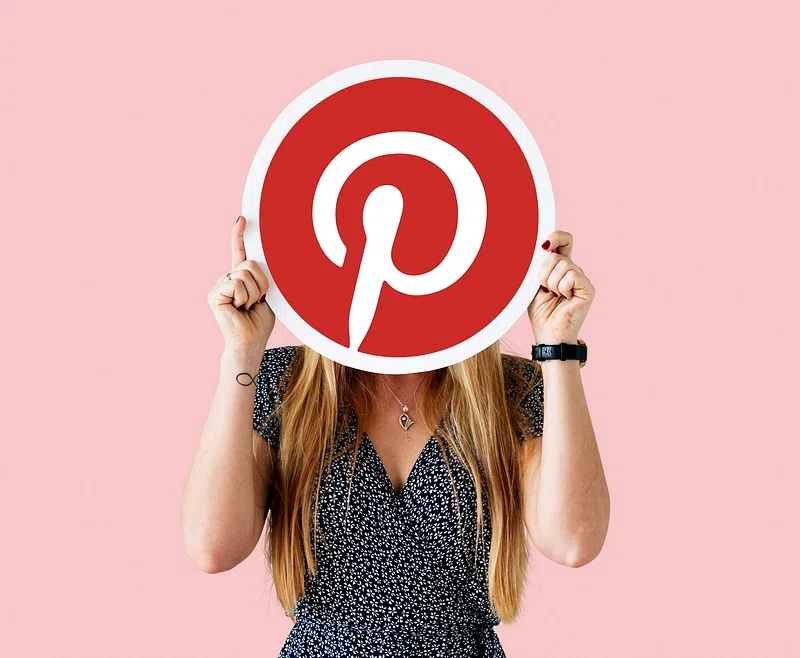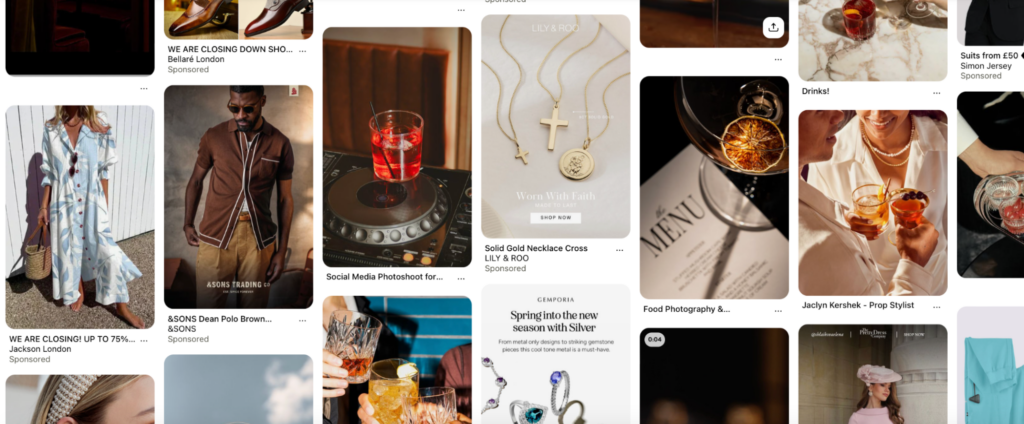With over 537 million active users and 83% of weekly users reporting they’ve made a purchase based on a Pin, Pinterest is one of the biggest social media platforms in 2025 and one that marketers can’t afford to overlook.
No longer just a hub for home decor ideas and mood boards, Pinterest has evolved into a powerful driver of visually compelling content that connects brands with their target audience and fuels e-commerce growth.
Here’s what you need to know about Pinterest marketing to help grow your business.
Why Should You Market Your Business On Pinterest?
Pinterest is no longer just a place to find recipes, create dinner party mood boards and decide on your next outfit choice.
As of 2025, Pinterest now has over 500 million active users, mostly driving traffic to the platform with the intent to purchase a product. To be specific, 83% of users have made a purchase based on the branded content they saw straight from Pinterest!
Here’s why Pinterest is an integral platform to include in your social media marketing strategy:

Longer Content Lifespan
Typically, content posted to Pinterest tends to have a longer lifespan; users will still be recommended your pin, months, even years later.
High conversion rates
Pinterest users are planners and shoppers. Creating a Pinterest mood board is usually the start of the buying journey, making it the perfect platform for top-of-the-funnel marketing.
Diverse Audience
With an increasing male demographic, Pinterest is mastering global adaptation and adapting to Gen Z users. This platform is now more diverse than ever.
How To Build Your Pinterest Strategy
Creating a compelling Pinterest strategy relies on consistency, creativity and creating well optimised content. Here’s how to build your Pinterest marketing strategy brick by brick:
Set Your Profile Branding
Make sure your profile aligns perfectly with your branding. Start by using a clear profile picture (Brand logo or headshot) and write a keyword-rich biography that explains what you offer.
Make sure to add in your website URL for e-commerce businesses, as well as customising board covers to reflect your visual identity.
Decide on Your Pin Strategy
Make a clear decision on the types of content you want to pin and how often. There are so many types of pins you can create: static, video and product pins. Top Tip: Post pins daily or several times per week to stay visible and boost your reach.
- Static Pins – For blog posts and evergreen content.
- Video Pins – For tutorials and behind-the-scenes content.
- Product Pins – A direct pin to facilitate shopping behaviours.
Follow Trends
Pinterest makes this step easy. Make use of Pinterest’s very own trend forecasting tool to stay on top of the hottest social media trends.
Create seasonal boards such as Summer inspiration or Christmas ideas to create ‘everygreen’ concepts as well as creating boards that resonate with popular calendar and cultural moments.
Consider Pinterest Ads
Pinterest ads are a great way to amplify your brand’s growth and organic efforts. You can use video ads, static ads, shopping ads and carousel ads to drive metrics such as: traffic, awareness and conversions.
Utilise Pinterest SEO Best Practices
With Pinterest being a visual search engine, it is important to optimise it the same way you would Google.
You can do this by: Including relevant keywords in Pin titles, descriptions and board names, using hashtags strategically, naming your image files with keywords before you upload them and adding alt text when available.
Engage With Your Audience
Whilst Pinterest isn’t a socially interactive platform like Instagram and TikTok you can still leverage engagement with your audience through: Replying to comments with questions, re-pinning UGC content to your page, utilise group boards and collaborate with other brands/users and encourage saves and shares by adding CTAs in the captions of your pins.

Types of Pins
Pinterest offers a variety of pin formats to suit different content goals:
- Static Pins: These are single images with links. Great for blog posts, recipes and product pages.
- Video Pins: Great to capture attention quickly. Use these for how-tos, storytelling, or showcasing a product in use.
- Idea Pins: Multi-page Pins that stay native (however, you can’t utilise links with these). Best for step-by-step guides, tutorials, or narrative content.
- Product Pins: Feature real-time pricing, availability and direct links to product pages. Perfect for e-commerce.
- Rich Pins: Pull metadata from your site to automatically enhance Pins with context like article headlines, recipes, or product info.
Pins vs Boards
The big question, pins on boards? What’s the difference and when do we use either one?
- Pins are individual pieces of content (images or videos) that link to a source. They’re used to share specific ideas or products.
- Boards are collections of Pins grouped by theme or topic. Think of them as folders for users to explore your content.
Use Pins to share specific content.
Use Boards to organise your brand’s offerings, ideas and inspiration by category.
Summary
Pinterest marketing is an essential part of a modern digital strategy, especially if you have visually compelling content and a target audience that loves to discover, plan and shop.
By focusing on a clear brand presence, strategic content planning, SEO optimisation and ongoing engagement, you can harness Pinterest’s full potential to grow your business in 2025 and beyond.
Ready to start pinning? Get in touch with CEEK today to optimise and execute your Pinterest marketing strategy. Your audience is already searching for you!


